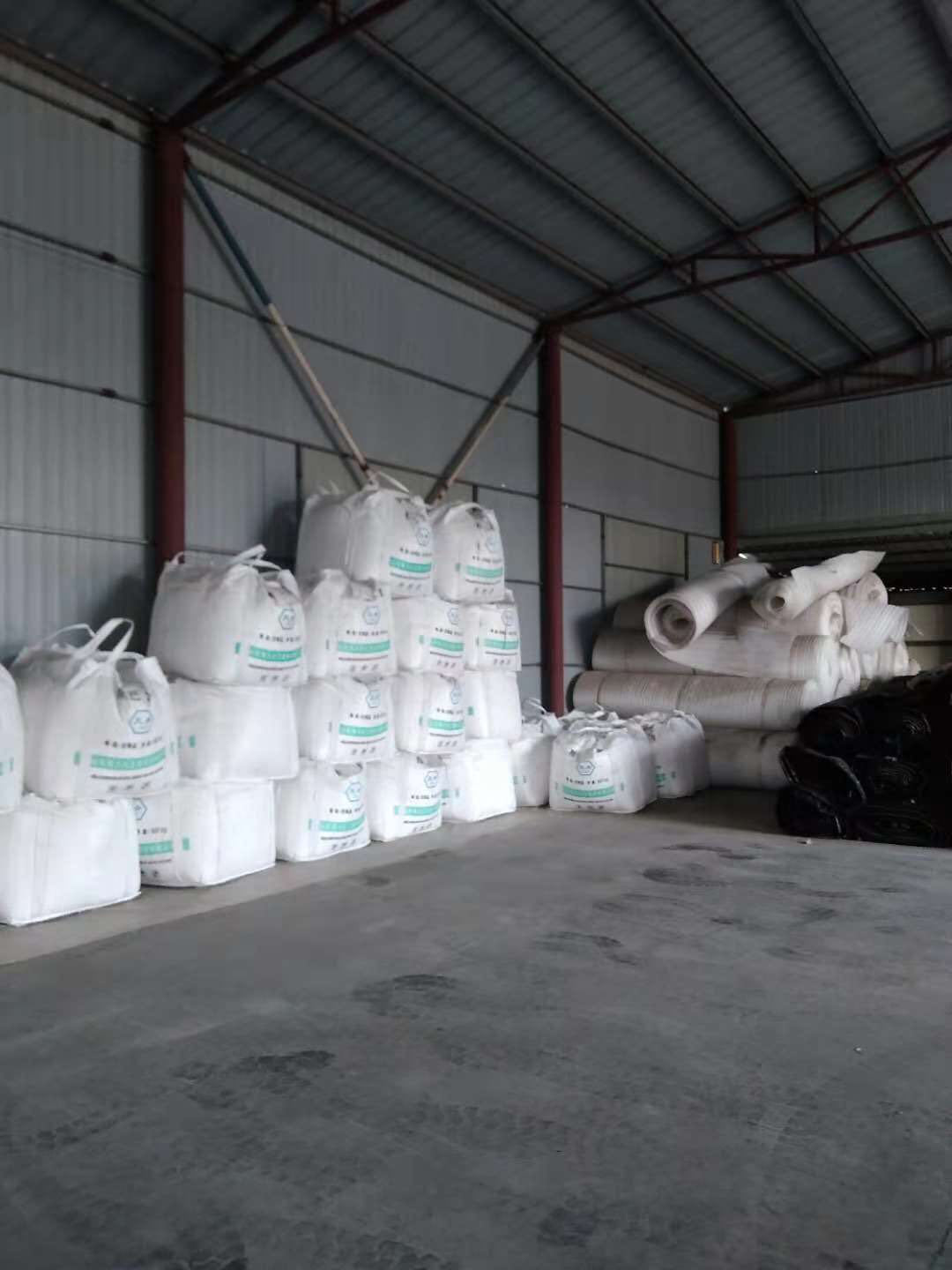Adipic Acid
- CAS No.124-04-9

Specification | Test results | |
Appearance | White Crystal Powder | White Crystal Powder |
Purity % (m/m) | ≧99.8 | 99.87 |
Melting Point ℃ | ≧152.0 | 153.2 |
Ammonia Solution Color (PT-CO) | ≦2 | 1.51 |
Moisture % (m/m) | ≦0.2 | 0.13 |
Ashes mg/kg | ≦4 | 2.5 |
Fe mg/kg | ≦0.3 | 0.2 |
HNO3 mg/kg | ≦3.0 | 0.8 |
Applications:
About 60% of the 2.5 billion kg of adipic acid produced annually is used as monomer for the production of nylon by a polycondensation reaction with hexamethylene diamine forming nylon 66. Other major applications also involve polymers; it is a monomer for production of polyurethane and its esters are plasticizers, especially in PVC.
In medicine
Adipic acid has been incorporated into controlled-release formulation matrix tablets to obtain pH-independent release for both weakly basic and weakly acidic drugs. It has also been incorporated into the polymeric coating of hydrophilic monolithic systems to modulate the intragel pH, resulting in zero-order release of a hydrophilic drug. The disintegration at intestinal pH of the enteric polymer shellac has been reported to improve when adipic acid was used as a pore-forming agent without affecting release in the acidic media. Other controlled-release formulations have included adipic acid with the intention of obtaining a late-burst release profile.
In foods
Small but significant amounts of adipic acid are used as a food ingredient as a flavorant and gelling aid. It is used in some calcium carbonate antacids to make them tart. As an acidulant in baking powders, it avoids the undesirable hygroscopic properties of tartaric acid. Adipic acid, rare in nature, does occur naturally in beets, but this is not an economical source for commerce compared to industrial synthesis.
